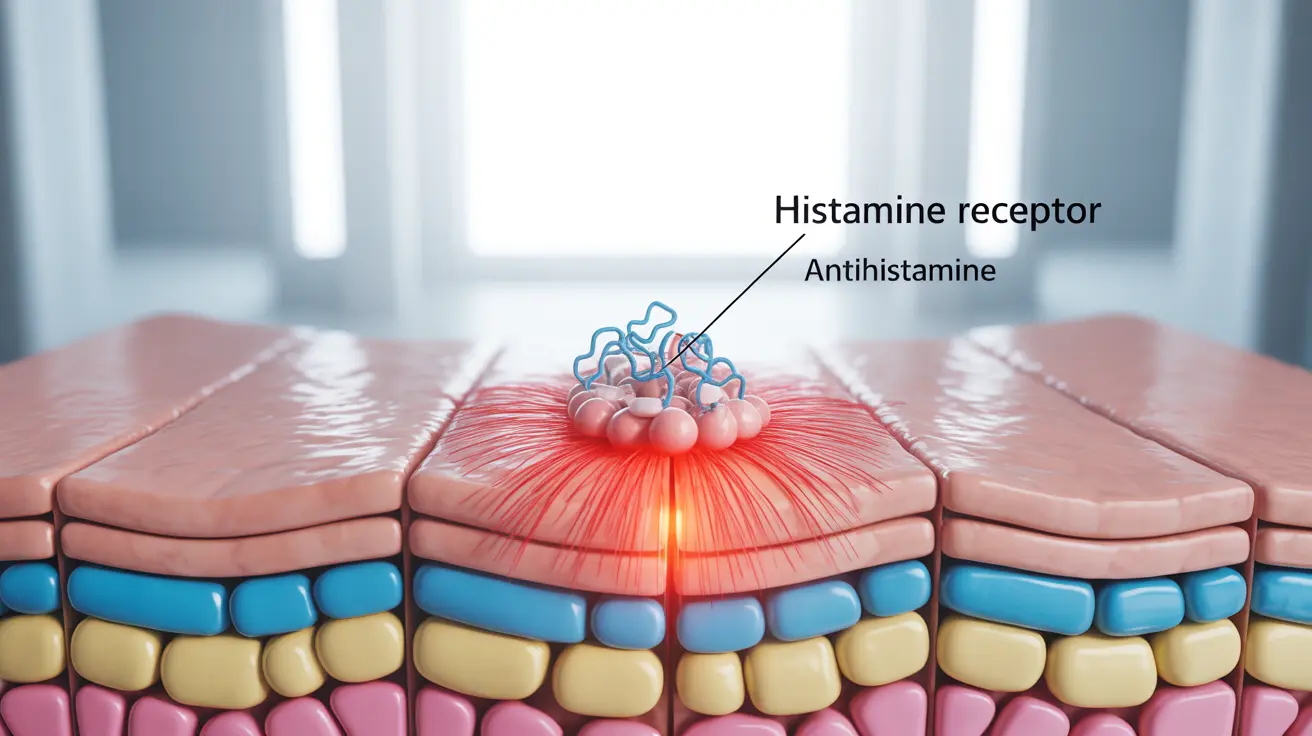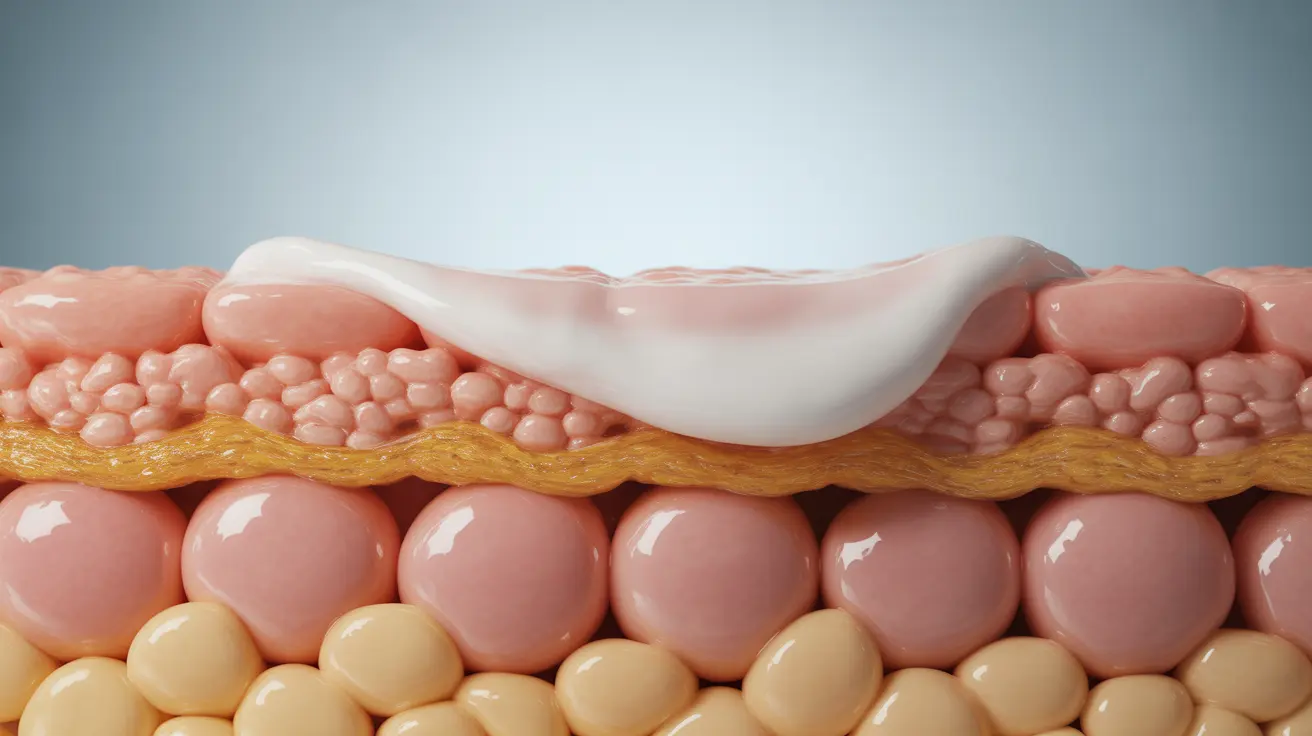GetLabTest News
Symptom Analysis
Interpreting Test Results
Diseases & Symptoms
Health Queries Answered
All
Latest
How to Be a Better Person and Be Happy: A Complete Guide to Personal Growth
Explore essential strategies on how to be a better person and be happy through mindfulness, empathy, and personal growth techniques.

Discover the best antihistamine for skin rash relief and treatment options. Expert insights for effective management and symptom control.
Diseases & Symptoms
min read

Explore effective emollients for eczema to relieve symptoms and maintain skin health. Discover application tips and prevention strategies.
Diseases & Symptoms
min read

Discover expert tips on how to apply leave-in conditioner for vibrant, manageable hair. Achieve optimal hydration and protection today.
Health Queries Answered
min read

Explore MTHFR gene mutation, its effects on health, nutrition, and management strategies. Stay informed for optimal well-being.
Diseases & Symptoms
min read
